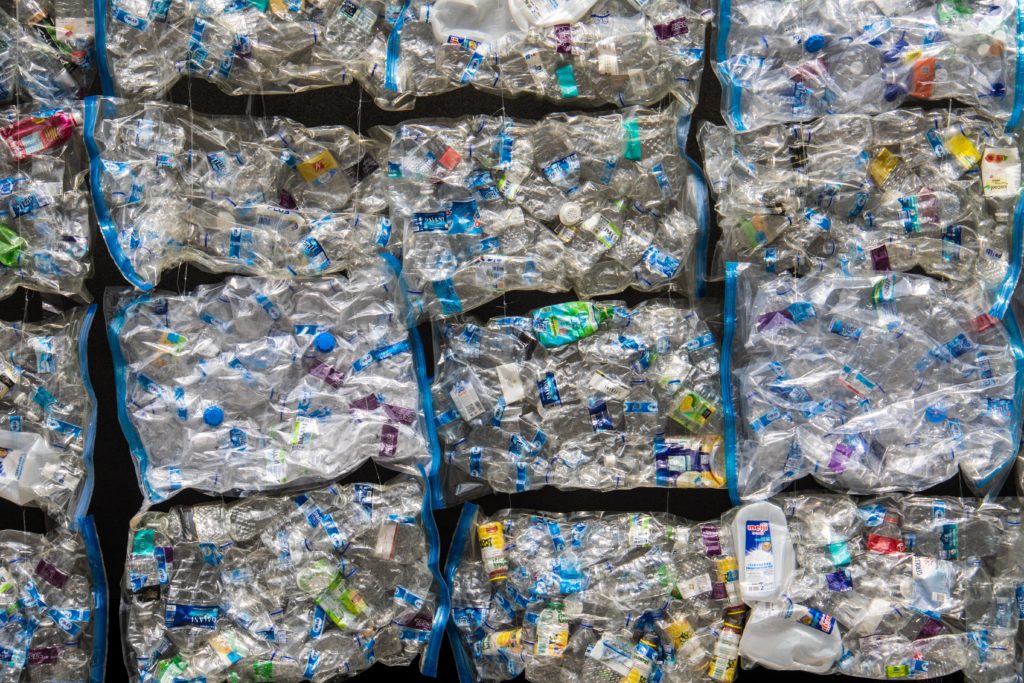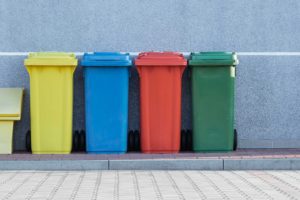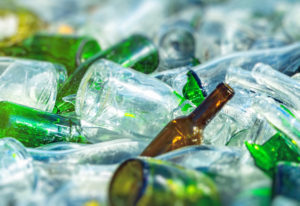
Blog
The Plan to Save Recycling: Developing Financing Tools
Read part one, The Plan to Save Recycling: Data Collection and part two, The Plan to Save Recycling: A Standardized System.
New technology is emerging every day and changing our world as we know it, enhancing communication, bolstering science and creating more and better opportunities for communities around the globe. Unfortunately, our recycling system — a major piece of the sustainability puzzle — is getting left in the dust, equipped, in many places, with technology that makes your old Blackberry look groundbreaking.
Recycling in the United States consists of a patchwork of systems, all working independently with their own rules, funding mechanisms and equipment that ranges from top of the line to decades old. Similarly, end markets for some recycled materials have seen dramatic loss of value due to global market forces, yet demand for other materials, like PET plastic, is far outpacing current supply, creating a lack of material available for reuse.
As part of its Blueprint for America’s Recycling System, the Recycling Leadership Council (RLC) is calling for a national strategy and policy action to advance and modernize recycling and improve its financial viability.
Improving technology and capability of recycling processing and harmonizing what gets collected from residents will help drive higher quality material through the system, adding value to recyclables.
First, the federal government should create a grant program, based on data from a waste and recycling census, to award financial assistance to states and tribal governments to support improvements to and expansion of recycling infrastructure and recycling programs to meet national targets. To receive this financial assistance, a state or tribal government must demonstrate a plan to establish minimum state-wide standards for materials recovery facility (MRF) operations and harmonize residential recycling programs’ collected materials between single-family and multi-family dwellings.
It’s hard to believe, but the U.S. system is such a patchwork that what can be recycled in a single-family home versus the apartment building next door could be totally different. Improving technology and capability of recycling processing and harmonizing what gets collected from residents will help drive higher quality material through the system, adding value to those recyclables.
Importantly, the money received through the grant program must be allocated toward recycling improvements and investments, as opposed to being deposited in the state’s general fund or allocated for unrelated projects. These investments should increase recycling or collection rates, expand and optimize curbside recycling programs and other collection points, improve sorting and separation of recyclable materials and incentivize the use of recyclable and recycled materials in new products.
Whatever the funding mechanism, dedicated funding allows recycling programs to became more effective — no matter the city or county budget.
Whatever the funding mechanism — grant program, landfill tipping fee, virgin resin tax or, as many states are considering now, extended producer responsibility (EPR) fees — dedicated funding allows recycling programs, no matter their city or county budget, to became more effective, thanks to the previously established baseline data and best practices for successful recycling systems. Eventually, through the ability to collect and process high-value materials, sustainable revenue can be generated for the community, making recycling an economically viable option once again.
Our environment is in trouble and solutions to clean up our neighborhoods, cities and waterways deserve modern technology and infrastructure. It’s time for the federal government to get to work enacting these solutions, paving the way for the future of technology. If we start today, just imagine where we can be in 10 years.
The Recycling Leadership Council (RLC), convened in early 2020 by the Consumer Brands Association, is united in the idea that no one industry can solve the packaging waste crisis alone. In February 2021, the group debuted its Blueprint for America’s Recycling System, which proposes federal policy action to significantly advance residential recycling in the United States, building a system supported by all stakeholders that works for all stakeholders. Learn more.
Published on June 9, 2021




